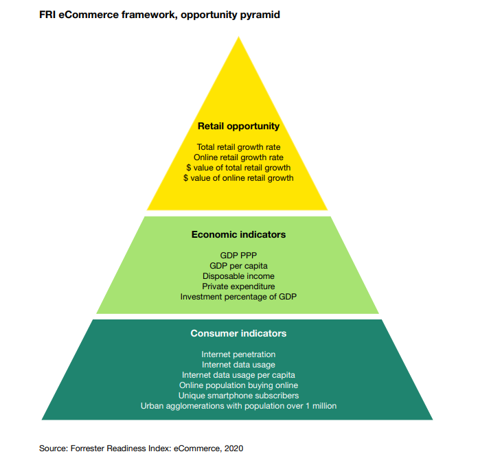
Dive Brief:
- Amazon is making its same-day delivery program “even faster” by building mini-fulfillment centers closer to consumers, according to a company blog post published March 3. The service is so far available to Prime customers in Philadelphia; Phoenix; Orlando, Florida; and Dallas. The centers “are about a tenth of the size of a traditional fulfillment center — roughly 100,000 square feet,” an Amazon Operations spokesperson told sister publication Supply Chain Dive in an email.
- “Up to 3 million items” in Amazon’s inventory are eligible for the new service. Consumers can order products throughout the day in four windows: delivery by 1 p.m. when ordered between midnight and 8 a.m.; delivery by 6 p.m. when ordered between 8 a.m. and 1 p.m.; delivery by 10 p.m. when ordered between 1 p.m. and 5 p.m.; and delivery by 8 a.m. when ordered between 5 p.m. and midnight the day before.
- Amazon said each new facility will leverage Amazon Flex drivers. The company said the proximity of the new fulfillment centers to consumers will decrease the distance drivers have to travel, helping to lower carbon emissions in line with Amazon’s Climate Pledge.
Dive Insight:
Amazon’s announcement comes days after news of Walmart+, a membership program that could include unlimited same-day delivery on groceries. The growth of e-commerce and omnichannel have put pressure on retailers to offer faster, more efficient delivery services than their competitors.
“Rather than follow the traditional package route — shipping an item from a fulfillment center to a sort center and then to a delivery station for pickup — these new facilities enable all three functions under one roof. This means that delivery drivers pick orders up directly from the new site and then deliver them to customers. By housing mini-delivery stations within these new buildings we’re bypassing the traditional middle mile journey,” the Amazon spokesperson said.
When Amazon began offering its one-day service for Prime, the company said it would not require changes within its fulfillment centers. But the costs of transitioning from two-day delivery were more than the $800 million the company forecasted.
In Q3 of 2019, Amazon’s shipping costs had increased 46% year-over-year, which CFO Brian Olsavsky attributed to the increased costs in continued capacity building related to the move to one-day delivery, during that quarter’s earnings call. “It’s going to be the route density and other things will improve over time and get our cost structure down, but for now, there is certainly some start-up paying in adding new capacity,” Olsavsky said.
Moving to one-day delivery raised several supply chain related questions: Should the company have warehouses dedicated solely to resupplying fulfillment centers? What is the best way to manage third-party networks?
“There are questions about when you have to place inventory closer to the customers, how do you design the network to make sure that the fastest moving things that customers need are in the location closest to them,” Salal Humair, a senior principal scientist in Amazon’s inventory planning and control group within the supply chain optimization technologies team, said in a recent interview with Supply Chain Dive.
Unlike Amazon, many shippers rely on a network of third parties to provide services. Not having complete control over warehouses or contracted delivery drivers will likely put Amazon’s faster speeds out of reach for competitors. But, getting products to consumers faster will continue to be a trend the industry will have to address.
“This is kind of the age-old dilemma in supply chain: right product, right place, right time, right quantity,” Joe Dunlap, a managing director and leader of the Supply Chain Advisory practice at CBRE told Supply Chain Dive in a recent interview.

